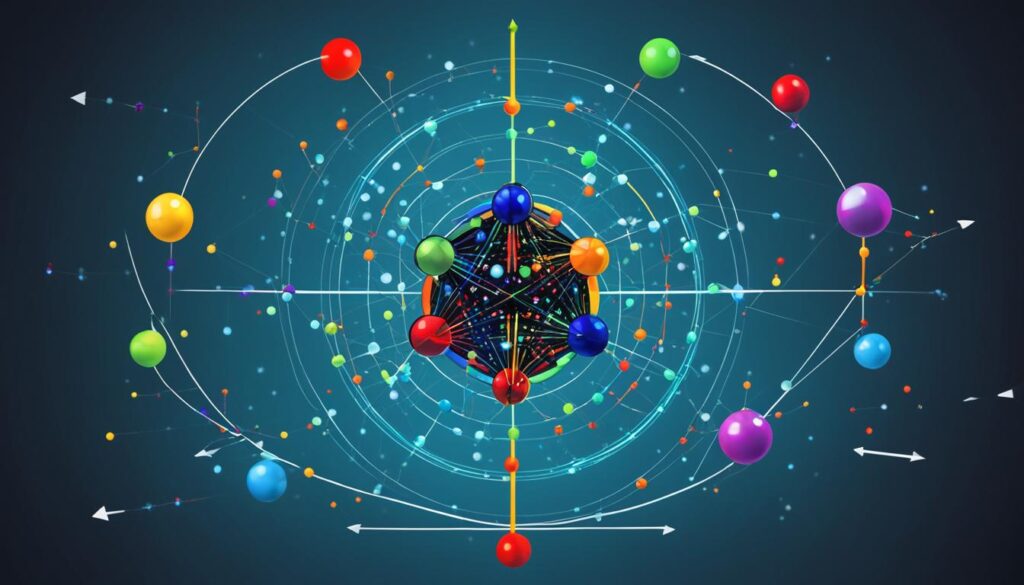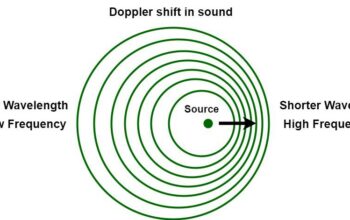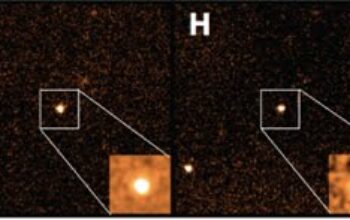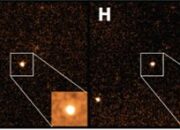At the frontier of modern computational science, quantum computing employs a radical paradigm shift, primarily centered around the fundamental unit of quantum information known as the qubit. But how exactly does a qubit function in the world of quantum computing? This inquiry invites us into a realm where the complexities of quantum mechanics meet the intricacies of information theory.
A qubit, or quantum bit, epitomizes a remarkable departure from classical bits, which are the building blocks of conventional computing. Unlike classical bits that reside in a state of either 0 or 1, qubits can exist in a superposition of both states simultaneously. This characteristic introduces a new dimension of computational capability, allowing quantum algorithms to process vast amounts of information concurrently. But how can we harness this superposition to address real-world problems? The answer lies in understanding several distinct but interconnected concepts.
Firstly, the principle of superposition underpins the unique allure of qubits. In classical terms, envision a coin spinning in air. While in motion, it embodies both heads and tails until observed, collapsing into one definitive state. Similar to this analogy, a qubit’s capacity to represent multiple states simultaneously enables quantum computers to evaluate numerous possibilities at once. This ability significantly enhances computational efficiency, especially in the domains of cryptography, optimization, and material science.
Diving deeper, we stumble upon entanglement—a phenomenon where pairs of qubits become interlinked, such that the state of one qubit instantaneously influences the other, regardless of the distance separating them. This nonlocal property complicates the ability to intuitively grasp quantum systems but also empowers quantum computers to perform complex calculations at unprecedented speeds. For instance, consider a two-qubit system: a change in the state of one qubit instantaneously alters the state of its entangled counterpart, leading to exponential increases in computational power in specific algorithms.
Understanding the state manipulation of qubits further elucidates their role in quantum computation. Quantum gates, analogous to classical logic gates, manipulate qubits’ states through quantum operations like rotation and entanglement. Each quantum gate acts on one or more qubits to perform specific transformations, contributing to the development of quantum circuits—an indispensable construct in the architecture of quantum algorithms. Building robust quantum circuits requires thorough knowledge of qubit behavior and the subtle interplay of entanglement and superposition, pushing researchers toward intricate experimental designs.
Yet, this landscape is fraught with challenges. One may pose the question: can we effectively maintain the delicate state of qubits long enough to achieve meaningful computation? As quantum states are notoriously susceptible to environmental disturbances—a phenomenon termed decoherence—preserving qubit integrity is paramount to successful quantum computing. Innovations in error correction codes and topological qubits strive to mitigate these adversities, but the race to reliable qubit maintenance remains an ongoing adventure in the field.
To put these concepts into perspective, consider the illustrious Shor’s algorithm. This groundbreaking algorithm leverages the power of qubits to factor large integers exponentially faster than the best-known classical algorithms. The implications for cryptography are profound—what can a qubit accomplish that classical bits cannot? The very security protocols that underpin our digital infrastructure might find themselves rendered obsolete. This thought-provoking scenario compels us to critically evaluate the societal repercussions of quantum advancements.
The utility of qubits expands beyond theoretical frameworks into practical applications. Quantum computing has the potential to revolutionize sectors such as pharmaceuticals, wherein qubits can simulate molecular interactions at unprecedented accuracy. This capability fosters the pursuit of more efficient drug designs and accelerates the discovery of new therapies. Moreover, quantum machine learning approaches are currently under exploration, promising to enhance pattern recognition capabilities and decision-making processes by leveraging the unique processing power of qubits.
As intriguing as the applications of qubits in quantum computing may be, the narrative is incomplete without addressing the potential ethical considerations intertwined with these technologies. The advent of quantum supremacy could lead to an imbalance of power, as entities with advanced quantum capabilities might exploit this edge over those who are less equipped. What measures can we take to ensure equitable access to quantum technologies? This question resonates profoundly across academia and industry, manifesting the need for collaboration and regulation in the burgeoning quantum era.
At the heart of it all, qubits redefine our understanding of computation, serving as the bedrock for avenues previously deemed unattainable. In pursuit of harnessing their potential, researchers navigate a labyrinth of theory, innovation, and ethical considerations. As the field evolves, so too must our discourse surrounding it. How can we facilitate the transition from quantum idealism to tangible applications, ensuring that the promise of qubits translates into meaningful advancements for humanity? The journey ahead is laden with challenges but also brimming with possibilities.
In conclusion, qubits encapsulate the essence of quantum computing, resilient yet delicate, simple yet supremely sophisticated. Understanding their role in computational processes invites us to ponder the larger implications of this technology on society. As researchers continue to unravel the mysteries of qubits, we stand on the precipice of a new computational era, challenging the very fabric of how we process information.










